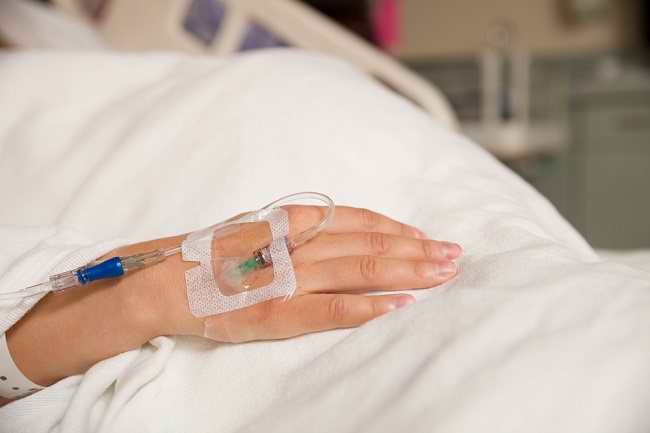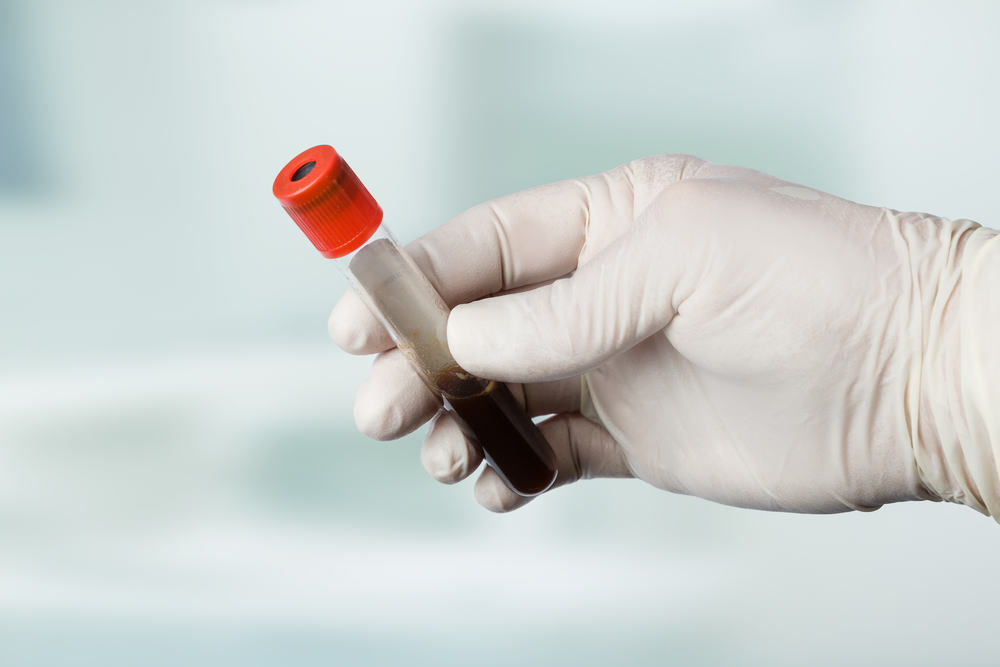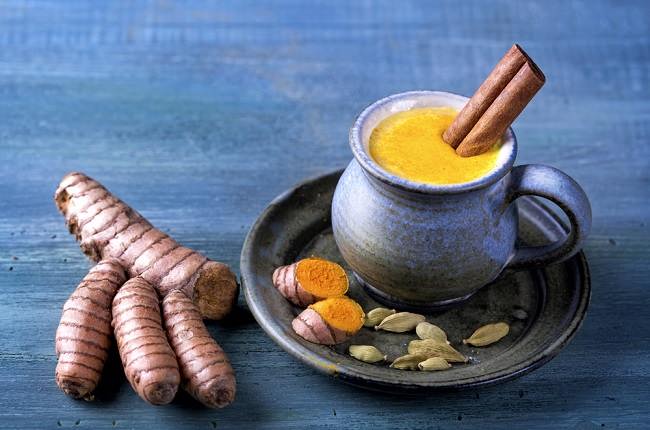Mastectomy is a surgical procedure to remove the entire breast tissue. Generally, this procedure is done to treat breast cancer. However, this procedure can also be done as a preventative measure for breast cancer for women who are at high risk for it.
To treat early-stage breast cancer, there are two types of surgical procedures that can be performed, namely lumpectomy and mastectomy. Lumpectomy is performed by removing the breast tumor and a small amount of surrounding tissue, while mastectomy is performed by removing all breast tissue.

Mastectomy and lumpectomy are effective procedures for treating breast cancer. Lumpectomy is more often done because it can maintain the original shape of the breast. However, cancer treated with lumpectomy has a higher risk of recurrence than mastectomy.
Mastectomy itself is divided into several types. The type of mastectomy to be performed is determined based on the patient's age, health condition, menopausal status, breast size, tumor size, stage of cancer, and the spread of cancer to the lymph nodes.
Types of Mastectomy
The following are the types of mastectomy:
1. Total mastectomy
A total mastectomy is performed by removing the entire breast, including the nipple, areola (dark area around the nipple), and skin. In certain situations, some of the lymph nodes in the armpit may also be removed.
2. Modified radical mastectomy
A modified radical mastectomy is performed by removing the entire breast and lymph nodes in the armpit. However, in this operation the chest muscles are not removed. After surgery, the removed lymph nodes will be examined to assess how widely the cancer has spread.
3. Radical Mastectomy
Radical mastectomy is a type that is rarely used. This type is done by removing the entire breast, the lymph nodes in the armpit, and the chest muscles under the breast.
4. Partial mastectomy
A partial mastectomy is performed by removing the breast cancer and surrounding tissue. This surgery is similar to a lumpectomy, but a partial mastectomy removes more breast tissue.
5. Skin-sparing mastectomy
This surgery removes the entire breast, including the nipple, leaving the skin on the breast. That way, there will be less scar tissue after surgery.
6. Nipple-sparing mastectomy
This type is almost the same as skin-sparing mastectomy. The difference is, in this operation the nipple and areola are not removed. Skin-sparing mastectomy and nipple-sparing mastectomy It is generally performed on patients who will undergo breast reconstruction after mastectomy.
7. Preventive mastectomy
Preventive mastectomy can be performed by removing the entire breast or leaving the nipple (Fig.nipple-sparing). This type is done to prevent breast cancer in someone who is at high risk for experiencing it.
Mastectomy Indications
As explained earlier, mastectomy can be performed to treat breast cancer or to prevent breast cancer in women who are at risk of developing the disease. Mastectomy can be performed on one breast or both. A more complete explanation is as follows:
To treat breast cancer
Mastectomy can be used to treat the following types of breast cancer:
- Ductal carcinoma in situ (DCIS) or cancer that has not spread to other tissues (noninvasive)
- Stage 1 and 2 (early stage) breast cancer
- Stage 3 breast cancer (advanced stage), after undergoing chemotherapy
- Inflammatory breast cancer (IBC), after undergoing chemotherapy
- Paget's disease
- Relapse of breast cancer
Doctors may also recommend a mastectomy for breast cancer patients with the following conditions:
- Have two or more tumors in different areas
- Have cancer that has spread throughout the breast
- Have a high risk for breast cancer recurrence
- Have had radiation therapy (radiotherapy), but the cancer keeps coming back
- Are pregnant, so can not undergo radiation therapy
- Have undergone a lumpectomy procedure, but the cancer is still on the edge of the operated area, so it is feared that it can spread
- Have a breast tumor that is almost as big as the breast itself
- Suffering from other health problems, such as scleroderma or lupus, which can cause severe side effects if undergoing radiotherapy
To prevent breast cancer
Mastectomy can also be performed to prevent breast cancer (preventive mastectomy) in women who are at high risk of developing the disease, such as women who have had breast cancer before or women who are known from screening to have a genetic mutation related to breast cancer.
Mastectomy Warning
Before deciding to have a mastectomy, patients are advised to discuss with their doctor to fully understand the benefits and risks of this surgery. In addition, patients are also advised to discuss plans for breast reconstruction.
Not all breast cancer patients can undergo a mastectomy. Examples of patients who cannot immediately undergo a mastectomy are patients with locally advanced breast cancer (LABC), which is cancer that has developed in breast tissue, but has not spread to other parts of the body.
Conditions included in locally advanced breast cancer (LABC) are:
- Tumor larger than 5 cm
- Cancer attacks the skin of the breast or the muscle under the breast
- Cancer attacks several lymph nodes in the vicinity, such as in the armpit or below and above the collarbone
- inflammatory breast cancer, i.e. cancer that causes symptoms of inflammation, such as redness and swelling of the breast
Patients with the above conditions can undergo a mastectomy if they have had chemotherapy or hormone therapy to shrink the size of the cancer and reduce the potential for the spread of cancer cells.
In addition, patients who have tumors in the breast caused by the spread of cancer from other parts of the body (metastasis), also cannot undergo modified radical mastectomy. Mastectomy also cannot be performed on elderly patients or those with certain organ disorders.
It is important to note, mastectomy does not guarantee a complete cure and is free from the possibility of cancer recurrence. Even so, mastectomy can reduce the risk of cancer spread and the severity of the disease.
Before Mastectomy
Before undergoing a mastectomy, there are several things that need to be considered, namely:
- Tell your doctor if you are taking certain medicines.
- Stop taking blood-thinning medications, such as aspirin and warfarin.
- Fast for 8-12 hours before the procedure. Pay attention to the instructions regarding fasting from your doctor.
- Prepare for the need for hospitalization while in hospital.
Mastectomy Procedure
The mastectomy procedure generally lasts 2–3 hours. When the procedure will begin, the doctor will give general anesthesia (general anesthesia), so that the patient sleeps and does not feel pain during the operation.
After the anesthesia works, a mastectomy will be performed by a doctor with the following steps:
- The doctor will sterilize the area to be cut. The location of the incision depends on the type of mastectomy performed.
- After the incision is made, the doctor will cut and remove the breast tissue and then take it to the laboratory for further analysis.
- In some cases, the doctor may perform additional procedures, such as a blood transfusion or tissue sampling.
- If needed, the doctor will also remove the lymph nodes after the breast tissue has been removed.
- If the patient undergoes breast reconstruction surgery at the same time as a mastectomy, the doctor will perform the surgery after the mastectomy procedure is complete.
- Next, the doctor will attach a special tube (drainage) in the operated area to drain excess fluid that may have accumulated in the area around the cancer.
After all the steps are done, the doctor will suture the incision and then cover it with a bandage.
After Mastectomy
After surgery, the doctor will monitor the patient's heart rate, body temperature, and blood pressure. Patients will be hospitalized for 1-3 days, depending on the type of mastectomy performed. If a mastectomy is performed at the same time as breast reconstruction, the patient may have a longer hospital stay.
In certain cases, doctors may recommend patients to undergo radiation therapy or chemotherapy, to reduce the chance of breast cancer reappearing.
After the patient is allowed to go home, there are several things that need to be done to support the healing process, namely:
- Take pain relievers, such as ibuprofen, as directed by your doctor
- Change the bandage used to cover surgical incisions regularly
- Exercise your arms regularly and slowly to prevent stiffness in your arms and shoulders
- Drain tube drainage regularly until about 2 weeks after surgery
- Avoid strenuous arm movements, such as cleaning windows or mopping floors
Mastectomy Risks
Mastectomy is a safe and effective procedure. However, there are some risks that can arise as a result of this procedure, namely:
- Pain in the operating area
- Swelling in the operating area
- Accumulation of blood in the surgical wound (hematoma)
- Accumulation of clear fluid in the surgical wound (seroma)
- Numbness in the upper arm or chest
- Nerve pain, especially in the chest, arms, or armpits
- Lymphedema, if the lymph nodes are removed
- Pain and stiffness in the shoulder
- Infection
- Stress to depression, due to changes in breast shape









